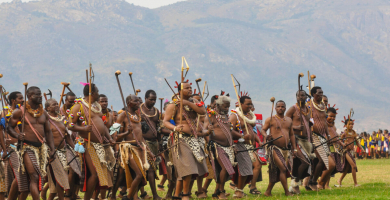Top 9 Peru Culture, Customs, and Etiquette
Every country has its own culture and traditions. These traditions define their people and shape their way of life. If you are planning a trip to Peru, you ... read more...should be aware of the social customs of the country. Peruvians are warm and friendly, but you may be unfamiliar with some of their social customs. As a result, Toplist has compiled a list of Peru culture, customs, and etiquette that you are likely interested in learning about.
-
Peruvians do not switch knives and forks while eating; the knife is held in the right hand and the fork in the left. Arrange them diagonally across the plate once finished. When not holding utensils, keep your hands visible above the table rather than in your lap. There will be no elbows on the table as well.
It is considered impolite to leave the dinner party or the table at any time. Allow more senior party members to enter rooms ahead of you, and men should move to the side to allow women to enter rooms ahead of them. Men and women in Peru usually sit on opposite sides of the dining table. Guests are expected to finish all of the food that is served to them. Reasons for not eating a particular dish should be presented with tact. It is considered impolite to have a single conversation at the dinner table without involving others.
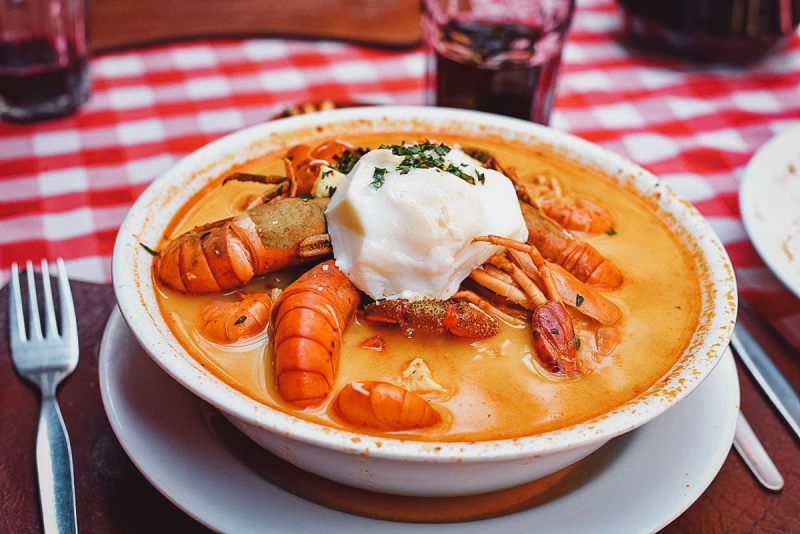
willflyforfood.com 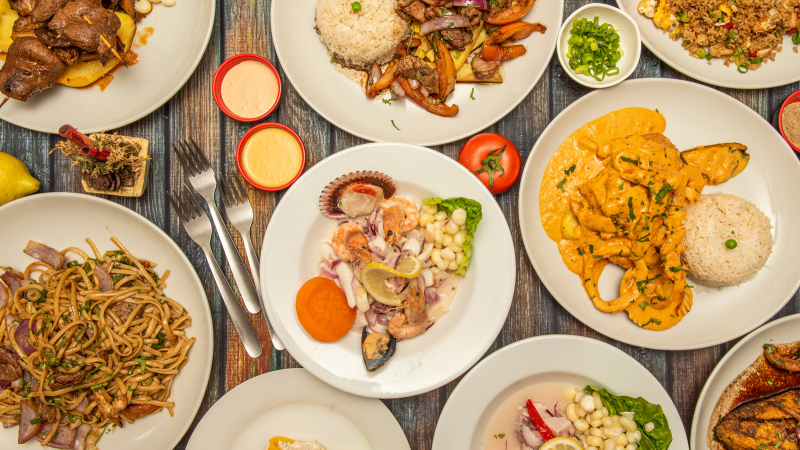
mashed.com -
In Peru, males frequently wear apparel in the shape of rhombuses, such as the poncho, which has brilliant colors and gives a lot of warmth. It's a huge chunk with a hole in the centre for the head. There are many distinct sorts (depending on locale), and they are used for various reasons. Although some men wear it on a regular basis, it is mainly reserved for exceptional events.
Men in Peru wear hats with specific bands known as "centillo." They are bright and joyful. The pants are simple, while the sweaters are made of alpaca, llama, or sheep wool. Jerseys are warm and typically embellished with geometric embellishments and patterned animal patterns.
Ponchos, dresses, blankets, skirts, tunics, and hats are the key components of women's traditional apparel in this country. Each costume or piece of clothing vary drastically from one location to the next in order to highlight the particular qualities of each city or town. People may determine if a woman is from a town or city by her hat, as well as if she hails from a wealthy or poverty family.
Women usually wear cloth on their shoulders, which are rectangular pieces of hand-woven cloth. It is a typical portion, and this manda is placed on the shoulders and immobilized by crossing it across the forehead and knotting it in front of the breast.
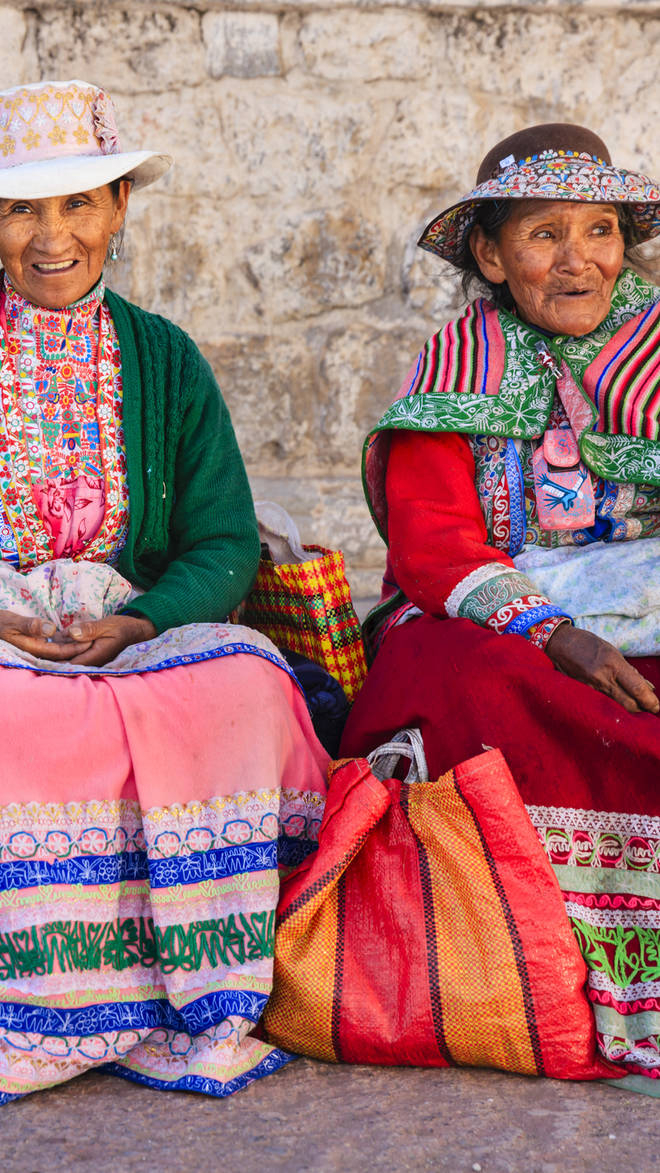
slh.com 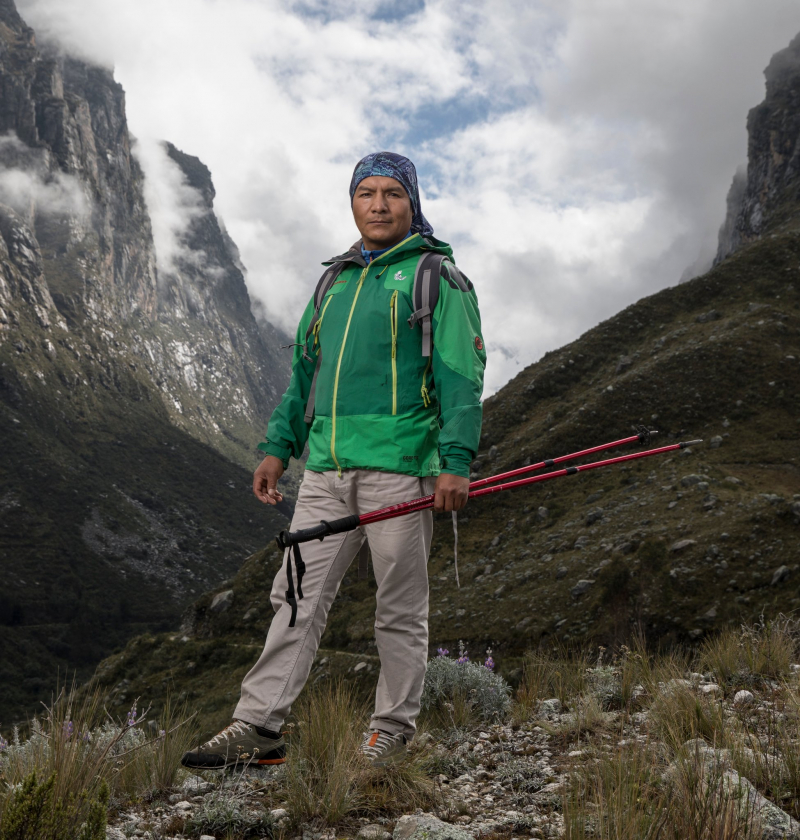
nytimes.com -
If you are travelling to Peru, you must understand that the culture of the period is pretty different there. Punctuality is not a trademark of Peru or Latin America in general. This manner of living also indicates that being late is totally normal. Peruvians are normally a half-hour late for most personal engagements, and it is not considered poor form to leave someone hanging in a cafe for up to an hour. It is anticipated, therefore unless a definite hora inglesa (English hour) is indicated, be prepared to wait if you have a meeting booked.
While you should not be more than an hour late for your guided tour, being ten or fifteen minutes late is not cause for alarm. Being late has become somewhat of a vogue in Peru. Furthermore, it should be emphasized that family is highly important to Peruvians, and they prefer spending quality time with family over everything else when it comes to time.
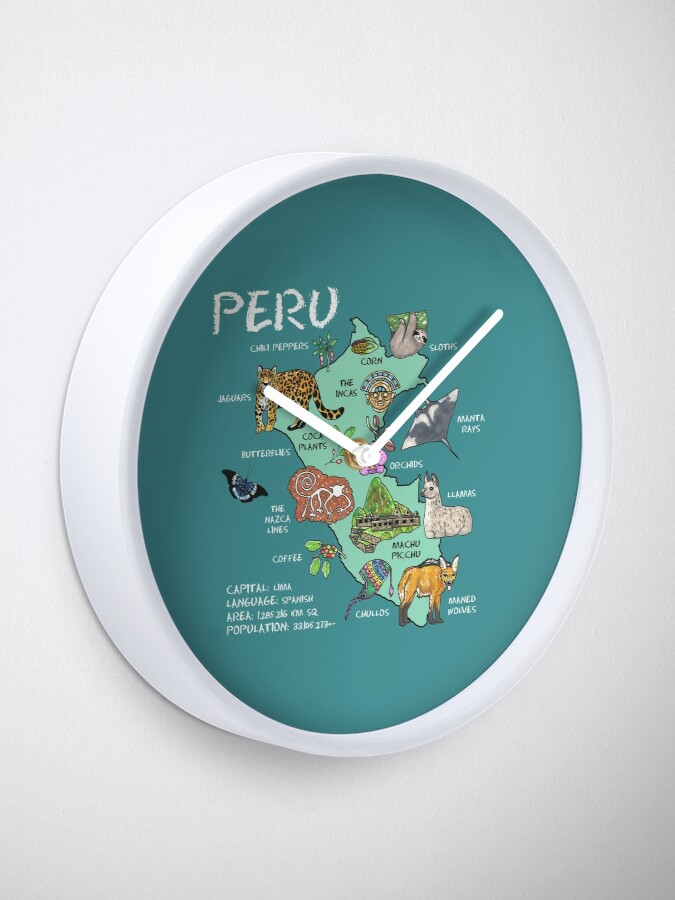
redbubble.com 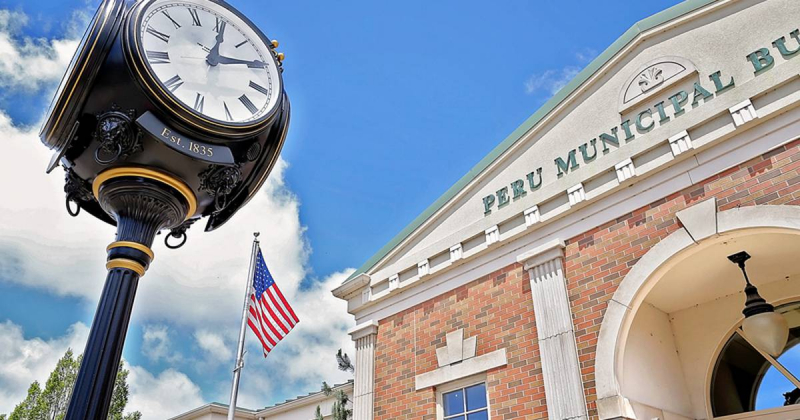
redbubble.com -
Unannounced visits between friends and relatives are widespread in Peru. It is, nonetheless, considered courteous to make advance preparations. It is likewise unpleasant in Peru to refuse an invitation to visit someone at their house. An invitation of this sort is often issued in order to form a personal connection, and refusal is regarded as a lack of interest in creating a relationship with the other person.
When guests arrive, they are required to welcome everyone in attendance. Whether or not a visitor is expected, hosts will always give a drink (e.g., water, juice, or soda) to their visitors and may serve other snacks. It is not considered courteous to refuse refreshments in Peru. Refusing a bigger dinner, on the other hand, might be regarded as impolite. It is acceptable to exhibit care for the hosts' family and their relatives' health. Although it is no longer popular, hosts used to encourage late-afternoon visitors to remain for Lonche (a light breakfast-style meal served around 6 pm).
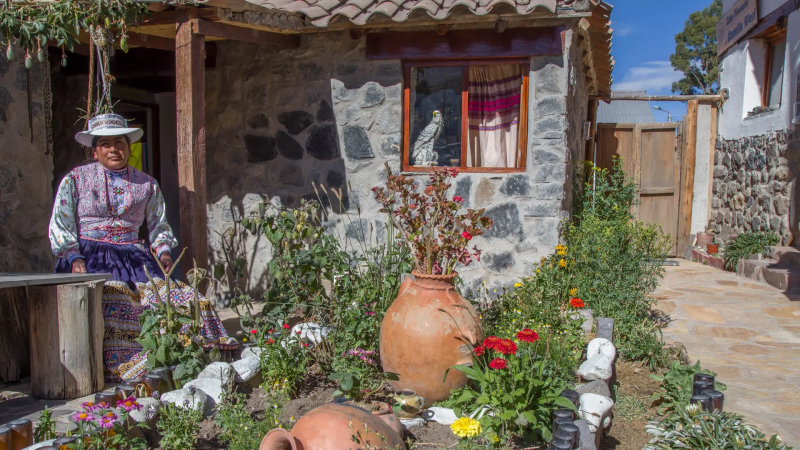
responsibletravelperu.com 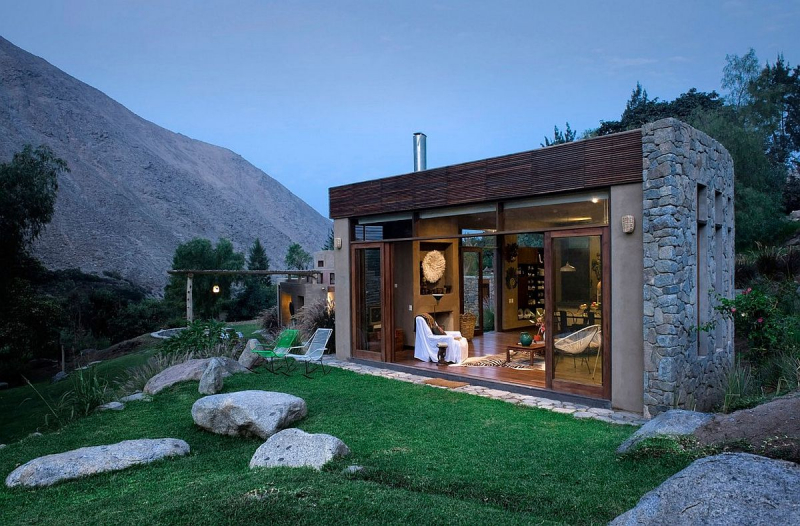
decoist.com -
Tipping is not common in Peruvian culture, but there are times when it is appropriate, if not required. By the way, propina is the Spanish word for "tip," which most foreign tourists will hear at some point during their trip to Peru.
- Taxi Drivers - In Peru, there is no need to tip taxi drivers. The drivers are surprised, and they are likely to overcharge you anyway. If a taxi driver is extremely friendly and points out various landmarks along the way, it's not a bad idea to express your appreciation with a small tip.
- Tour Guides and Porters - The general consensus appears to be $5 to $10 per day for tour guides and $3 to $5 per day for porters, drivers, cooks, and other similar positions. Again, the exact amount is determined by the quality of service. If you are on a luxury tour, the tip will usually be at the higher end of the scale.
- Private Hire Drivers - Consider tipping a private driver $5 to $10 per day as a rough guideline. A lot depends on the type of trip, the amount of driving required, and the amount of additional assistance you receive.
- Hotel Staff - Tipping is customary in high-end hotels, but not in low-cost establishments (especially hostels). Porters should be paid about $1 per bag, or a little more in a truly luxurious hotel. It is entirely up to you whether you tip cleaning staff or room service, and this is determined by the overall quality of service.
- Restaurants - The amount you tip waiters in Peru varies according to the type of restaurant. In larger, more elegant restaurants, a 10% tip is customary, but it may be added to the bill. In mid-range restaurants, tipping is optional, but giving the waiter 1 or 2 soles is a nice gesture.
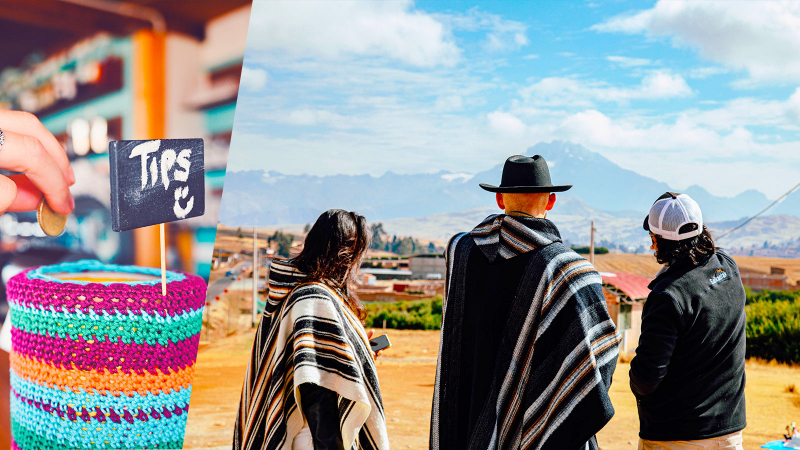
salkantaytrekking.com 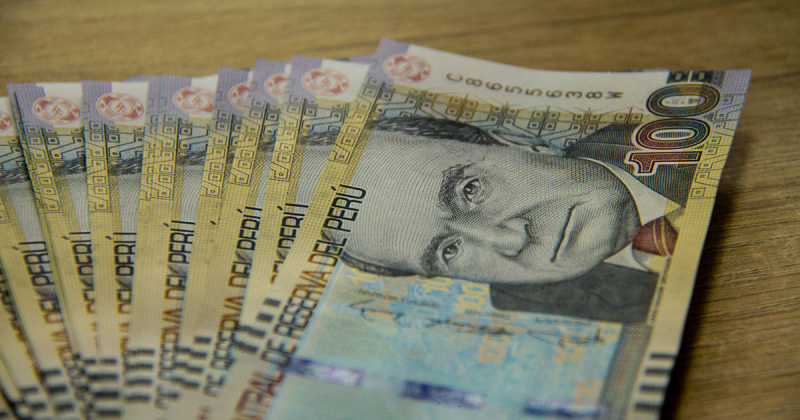
peruforless.com -
Respect in Peruvian corporate culture is mostly determined by position, rank, education, and age. In this country, business interactions occur between individuals rather than between businesses. Even if you have acquired the friendship and confidence of your local business partners, they may not trust others in your organization.
Personal ties with individuals in Peru might help you create strong networks and achieve your business goals. Third-party introductions may be a terrific place to start when it comes to creating a trusting relationship with a possible spouse.
When meeting someone for the first time, it is necessary to exchange business cards, therefore carry more than you need. Make your professional title and advanced degrees visible on your business card. Meetings typically begin with small conversation that might go for quite some time. It is vital to remain patient and allow the opposite side to choose the pace.
People enjoy a good sense of humor, so keep it light and welcoming. In Peru, business is regarded seriously, and meetings may be somewhat formal. They might look a little hectic at times, with many interruptions and multiple simultaneous talks.
Peruvians value long-term commitments from business partners and base their agreements on long-term rewards. The majority of individuals here are cooperative, but they may be resistant to make compromises until it is their only alternative to keep the negotiation moving forward.

hrdqstore.com 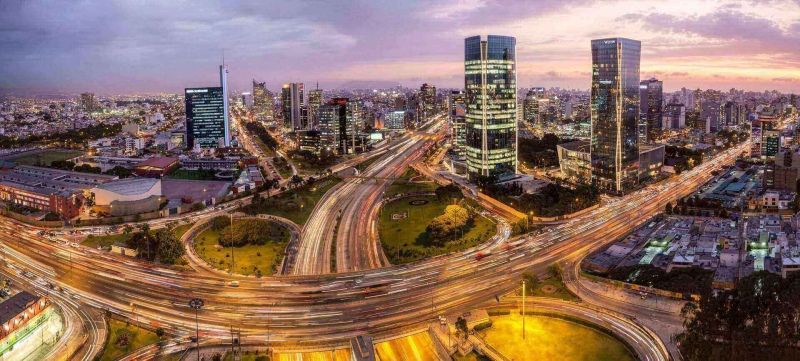
bizlatinhub.com -
Weddings in Peru are exciting gatherings that honor one of the most important moments in the lives of two individuals. They are typically rich with customs peculiar to the couple's native nation, culture, or area. The wedding gowns, for example, are bright and vivid, with geometric motifs. Women usually wear numerous layers of colorful skirts, while men dress casually in ponchos and sandals. The bride and groom both had a one-of-a-kind poncho and skirt created for their wedding day.
The ritual aims to remind the pair of their marriage obligations as well as to bestow blessings on the couple. The party begins soon after the wedding. These gatherings can go until late at night, with a band or orchestra performing folk or other music. In Peruvian tradition, there is also a rite devoted to Pachamama, the Earth Goddess. They bury small bride and groom figurines wrapped in cocoa leaves with a seed in the ground. It is said to bring the bride and husband good fortune.
Throughout the occasion, there is laughing and food. A cake pull is a wedding ritual in which an inexpensive ring or charm is tied to a ribbon and then affixed to the base of the wedding cake. There are multiple ribbons available, and the single ladies all gather to pull the ribbon before cutting the cake. The lady who receives the ring will most likely marry next.
Another idea is for the single girls to try to steal the groom's boutonniere. He may deliver it to the lady he feels should marry next, but he must keep it secure from prospective robbers in the interim! The pair wears their wedding bands on their right hand rather than their left. Wearing any ring on your right ring finger before getting married is considered unlucky.
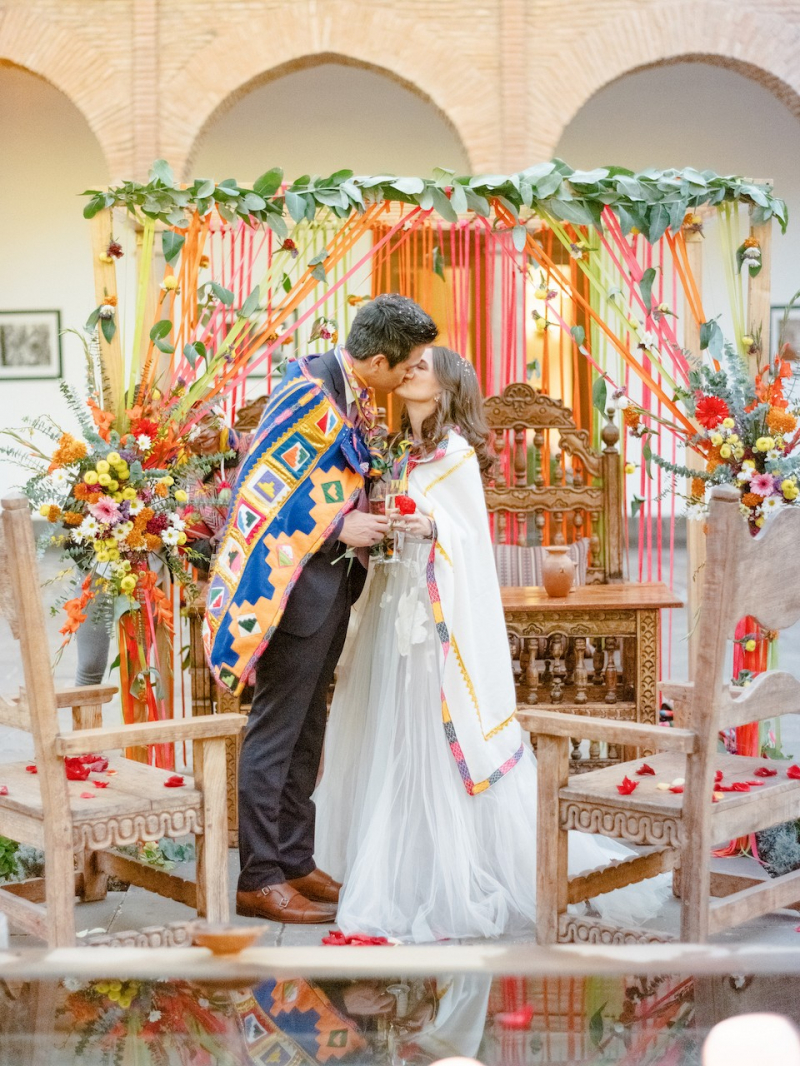
weddingsparrow.com 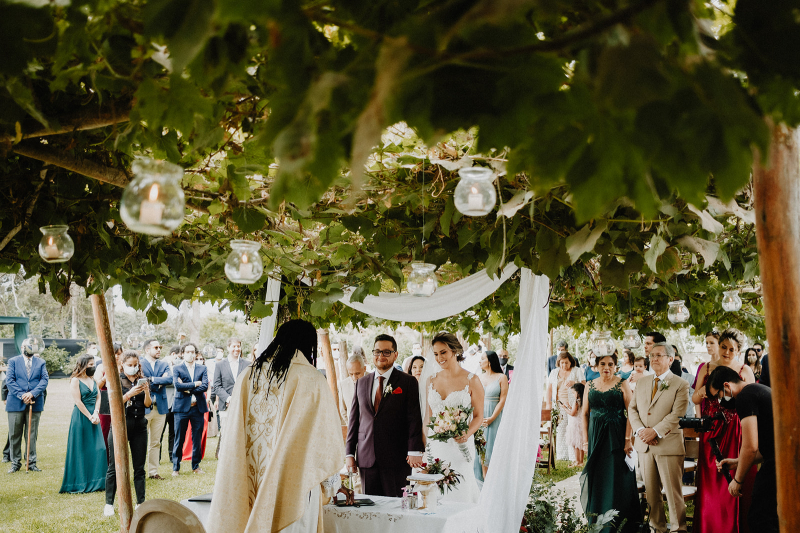
lea-annbelter.com -
Peruvian greetings and introductions usually involve some kind of physical gesture, such as a handshake, a hug, or a kiss on the cheek. When you are introduced to someone, it is customary to say mucho gusto — "it's a pleasure."
Men normally shake hands, with a firm handshake and some level of eye contact. Younger men have also begun to use the fist bump, so expect to see a few of them, especially if you're hanging out with the cool kids. A handshake is also used between men and women in business situations, unless they are friends.
A single kiss on the left cheek is a common greeting gesture in Peru, as well as when being introduced in casual settings. However, there is no cheek kissing between men; only between men and women and two women. Hugging is typically reserved for close friends and family members in Peru. Men rarely hug other men, preferring a handshake or a hand on the shoulder instead.
These physical gestures — handshakes, hugs, and kisses — also apply to goodbyes as they do to greetings. There are several ways to say goodbye in Peru, but the most common is a simple chau (bye). You can also say buenas noches (good night) as a goodbye at night.
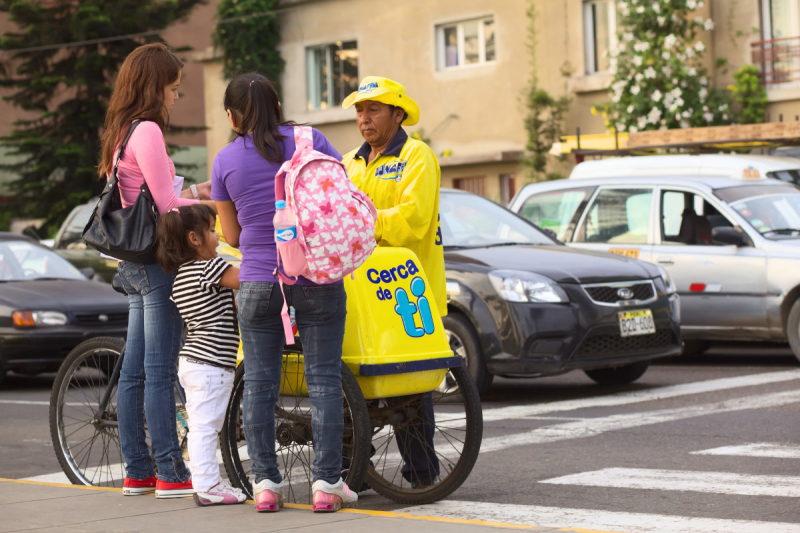
thedialogue.com 
gviusa.com -
Peruvian music is a synthesis of sounds and styles influenced by Peru's Andean musical roots as well as Spanish musical influences. The national instrument, the charango, dominates native Peruvian music. The charango is a type of mandolin that was created in Bolivia by musicians who wanted to imitate Spanish lutes and guitars.
The charango is used in courtship rituals in the Canas and Titicaca regions to entice the woman to the male performers. It is commonly used to accompany folk music from the high Andes. It is an important instrument in Andean Huayno. The harps are based on Baroque harps brought from Spain during the colonial period.
The Kashua and the Huayno are two of the most well-known Andean dances. The Kashua is a communal dance that is typically performed in groups in the country or in open spaces. The Huayno is known as a "salon ball." It is performed in pairs and in small groups. It combines traditional music from the area's rural folk with popular urban dance music.
Flute, harp, panpipe, accordion, saxophone, charango, lute, violin, guitar, harmonica, and mandolin are among the instruments that accompany the high-pitched vocals. Marinera is a Peruvian coastal dance known as the "National Dance of Peru." It is a graceful and romantic couple's dance in which handkerchiefs are used as props.
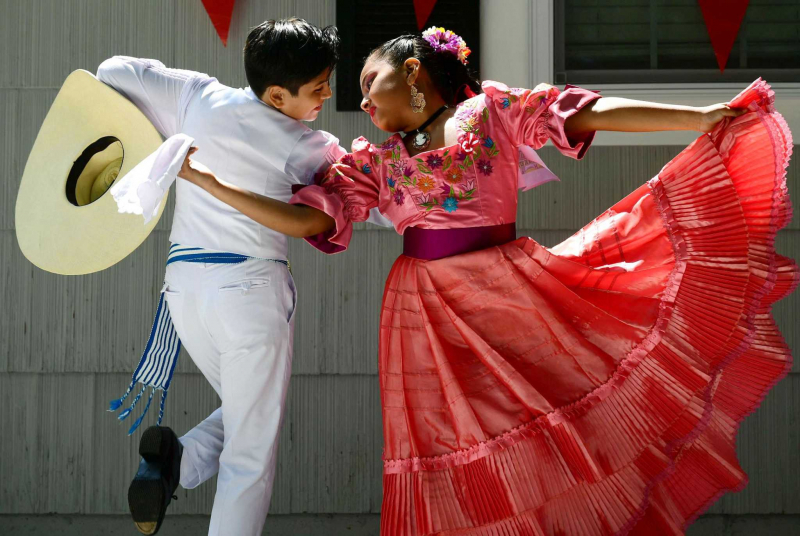
thehour.com 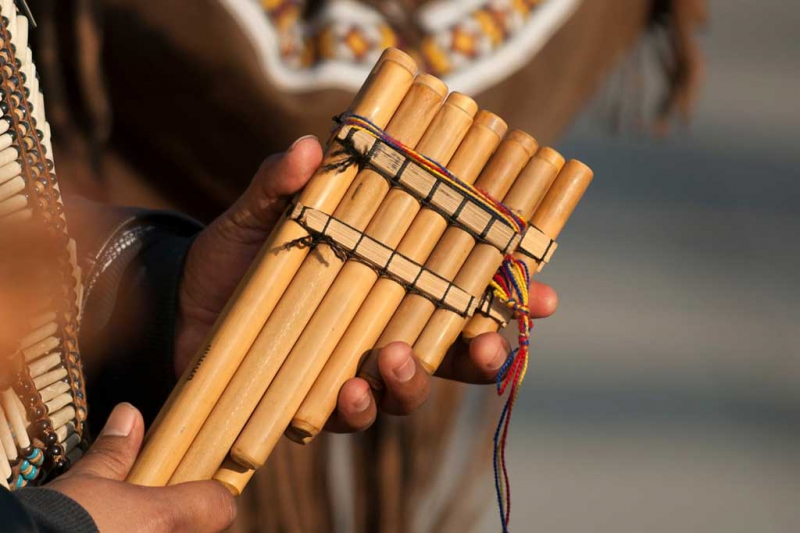
vivaperutours.com





























